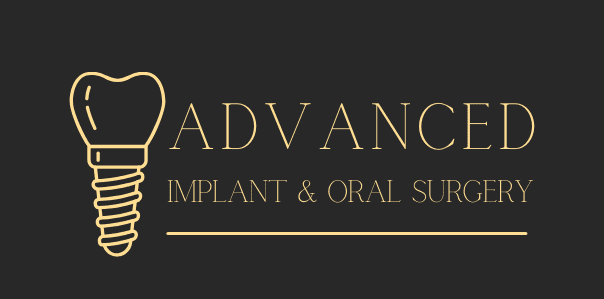If you want to keep your teeth, gums, and the rest of your smile healthy, you must practice good oral hygiene in order to keep your mouth clean. At-home oral healthcare like flossing and brushing your teeth is important, but you also need attention from dental professionals.
At least twice per year, you must visit your dentist for a dental cleaning. The process of thoroughly cleaning your smile might remind you of periodontal therapy, a method of treating gum disease.
Though the procedures and purposes seem alike, these two treatments differ significantly as well. You can feel more confident attending either of these appointments when you know more about them. Discover similarities and differences between therapy from your periodontist and a cleaning from your dentist when you read on.

How Does a Dentist Clean Your Teeth?
You brush your teeth and floss on a daily basis at home. But you should still visit your dentist for a professional cleaning to maintain good oral hygiene. This appointment begins with the patient using a special mouthwash to rinse loose particles and residues from the smile.
Then the dentist will use a scaler to scrape away build-up that collects in tricky spots of the smile, such as near the gumline. A toothbrush alone will not get rid of these residues, especially if plaque hardens to tartar.
The dentist then uses a special brush and paste to clean and polish the teeth, removing surface stains and giving your teeth a brilliant shine. They finish the cleaning process by flossing between the teeth. All dental patients will need this type of professional attention on a regular basis.
What Happens During Periodontal Therapy?
A dental patient will need periodontal therapy if their dentist or periodontist diagnoses them with gum disease. This refers to an infection affecting the gum tissue. In order to treat gum disease, the periodontist must remove excess bacteria and other residues from the area through a targeted cleaning treatment.
The deep cleaning treatment involves scaling, in which they remove build-up from within the gum pockets just like a dentist does during a routine cleaning appointment. This tool will reach below the gums to access the build-up hurting the gums, which a toothbrush cannot accomplish.
Periodontal therapy also features a process called root planing. This process involves reaching into the gum pockets to smooth the tissue there. This encourages it to heal and reattach to the tooth in the wake of damage from the infection.
In this way, the therapy has a more focused purpose, healing specific parts of the gums, in comparison to a routine teeth cleaning. This non-invasive gum treatment can help patients in the early stages of gum disease.
Advanced gum disease might require more extensive restoration of the gum tissue. You can find the treatment you need to treat your gums when you book an appointment with your periodontist. And you can reduce your risk of contracting gum disease when you prioritize preventive dentistry and attend regular cleanings at your dentist’s office.
